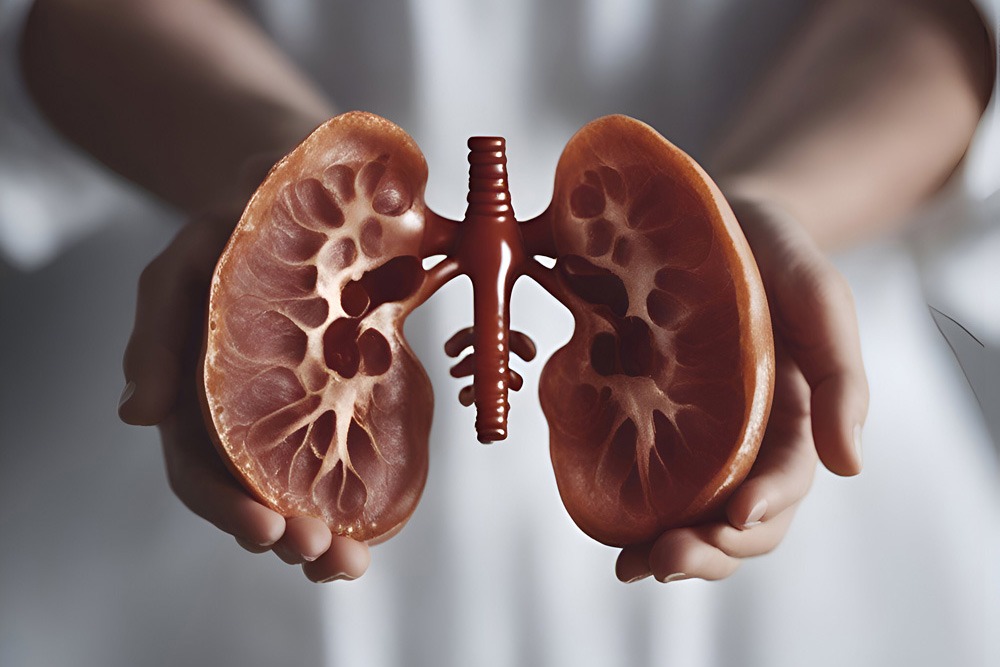Obesity is a medical condition marked by the excessive accumulation of body fat, often measured by a Body Mass Index (BMI) of 30 or higher, and is associated with increased health risks. It results from a combination of genetic, environmental, and behavioral factors.
The Challenge
India’s obesity crisis is growing due to changing lifestyles, urbanization, and sedentary habits.
Problem areas include regions with easy access to processed foods, leading to increased risks of non-communicable diseases like diabetes and cardiovascular issues.
Combatting obesity in India is challenging due to cultural, economic, and environmental factors.
Applying predictive modeling and statistical tests faces hurdles due to the complex nature of factors contributing to obesity.
Predicting trends is challenging, requiring navigation through diverse datasets and consideration of various influencing variables.
Despite challenges, integrating predictive modeling and robust statistical analyses is crucial for gaining insights and developing effective interventions to mitigate the obesity crisis.
What did PredictEasy do
PredictEasy was used to analyze crucial factors like gender-specific obesity rates, non-veg population percentages, estimated 2022 population, obesity prevalence, per capita income, and GDP.
Analyses unveil patterns and predict obesity likelihood, facilitating targeted interventions.
Tackling obesity involves navigating complex data reflecting diverse lifestyles and cultures.
Ensuring fairness in models is challenging due to existing biases in the data.
We thoroughly examined the data related to India, conducting numerous tests provided by PredictEasy to arrive at the conclusions listed below.
Aligning diverse perspectives is challenging but vital for generating impactful ideas to promote public health.

Gender Disparity in Obesity:
Women exhibit a higher prevalence of obesity compared to men, indicating a gender-based disparity in obesity rates.
Gender Disparity in Obesity:
Women exhibit a higher prevalence of obesity compared to men, indicating a gender-based disparity in obesity rates.
Regional Correlation - South India:
South India demonstrates a notable correlation between a high proportion of meat eaters and an increased prevalence of obesity. This suggests a potential link between dietary habits in the region and elevated obesity rates.
Regional Disparities - North East vs. South:
The north-eastern region showcases the lowest obesity rates, while the southern region has the highest prevalence of obesity. This regional disparity underscores the diverse health patterns across different parts of the country.





